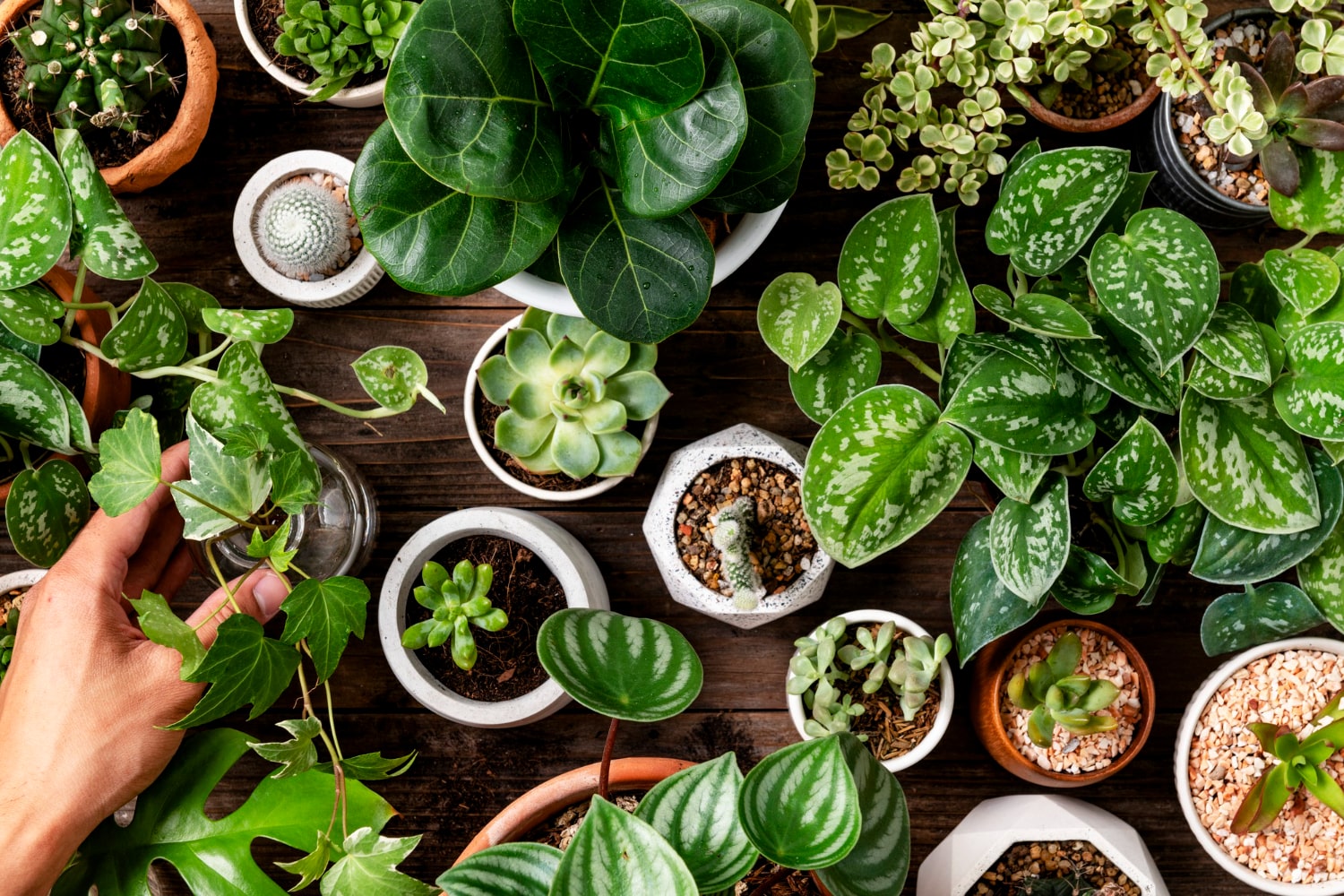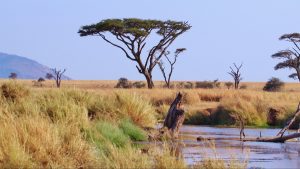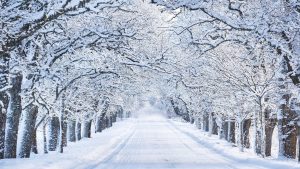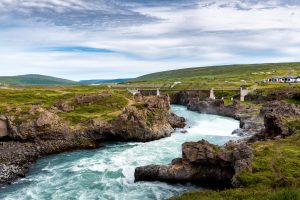
36 interesting facts about plants
- 👁️ 1627
Plants, the green lifeforms that surround us, play a vital role in the ecosystem and our daily lives. From providing us with oxygen to serving as sources of food, medicine, and beauty, plants are essential for our existence. Their diversity and fascinating characteristics make them a subject of endless fascination. Here are several intriguing facts about plants:
- Plants are multicellular organisms belonging to the kingdom Plantae.
- They have the unique ability to convert sunlight into energy through a process called photosynthesis.
- There are over 390,000 known species of plants on Earth, ranging from tiny mosses to towering trees.
- The world’s tallest tree, a coast redwood named Hyperion, stands at a height of 379 feet (115.7 meters).
- The world’s smallest flowering plant, Wolffia, is only about 0.02 inches (0.5 millimeters) in size.
- The oldest living plant, a bristlecone pine named Methuselah, is estimated to be over 4,800 years old.
- The largest flower in the world, the Rafflesia arnoldii, can grow up to 3 feet (1 meter) in diameter.
- Some plants, like the Venus flytrap, have evolved carnivorous behaviors to supplement their nutrient intake.
- The stinging nettle plant has tiny hairs on its leaves that release a painful sting when touched.
- Plants communicate with each other through chemical signals, warning neighboring plants of potential threats.
- The Amazon rainforest is home to the most diverse range of plant species in the world.
- The corpse flower, also known as Amorphophallus titanum, is known for its large, foul-smelling flower.
- The plant kingdom includes non-vascular plants (such as mosses) and vascular plants (such as ferns and flowering plants).
- The seeds of the double coconut palm, also known as the Coco de Mer, are the largest and heaviest seeds in the world.
- Bamboo is one of the fastest-growing plants, with some species capable of growing up to 35 inches (91 centimeters) in a single day.
- Some plants, like the banyan tree, can produce aerial roots that grow downwards to the ground and eventually become new trunks.
- The opium poppy is the source of opium, which is used to produce various pain-relieving medications.
- Plants release oxygen as a byproduct of photosynthesis, playing a crucial role in maintaining breathable air for humans and animals.
- Some plants, like the aloe vera plant, have medicinal properties and are used in traditional remedies for skin conditions and digestion.
- The baobab tree has a thick trunk and can store up to 32,000 gallons (120,000 liters) of water during the dry season.
- Cacti have adapted to arid environments by storing water in their fleshy stems.
- The flowering plant known as Welwitschia mirabilis has only two leaves that grow continuously throughout its lifespan, which can exceed 1,000 years.
- The Titan arum, also known as the “corpse flower,” emits a strong odor resembling rotting flesh to attract pollinators.
- The bark of the cinchona tree contains quinine, a compound used to treat malaria.
- Some plants, like the sunflower, can track the movement of the sun from east to west during the day.
- The corpse lily, another odorous plant, attracts insects with its scent of decay and captures them for pollination.
- The leaves of the sensitive plant, Mimosa pudica, fold up in response to touch or vibration.
- Plant roots serve several purposes, including absorbing water and nutrients from the soil and providing support for the plant.
- Some plants, such as orchids, have intricate and specialized relationships with specific pollinators.
- The cotton plant produces fibers that are used to make textiles and clothing.
- The leaves of some plants, like the silver-leafed plants, have a reflective surface that helps reduce water loss through transpiration.
- The cacao tree produces pods that contain cacao beans, which are used to make chocolate.
- Some plants, like the evening primrose, bloom at night and are pollinated by moths.
- The prickly pear cactus is not only edible but also used in traditional medicine for various ailments.
- Plants can exhibit rapid movements, such as the rapid closure of the Venus flytrap’s trap when triggered by prey.
- The gingko tree, often referred to as a “living fossil,” is one of the oldest tree species on Earth.
Plants are not just static entities but dynamic and fascinating organisms. From their remarkable adaptations to their essential role in sustaining life on our planet, plants continue to inspire awe and provide valuable resources for humans and the natural world. Appreciating the diversity and wonders of the plant kingdom can deepen our understanding of the intricate web of life that surrounds us.











